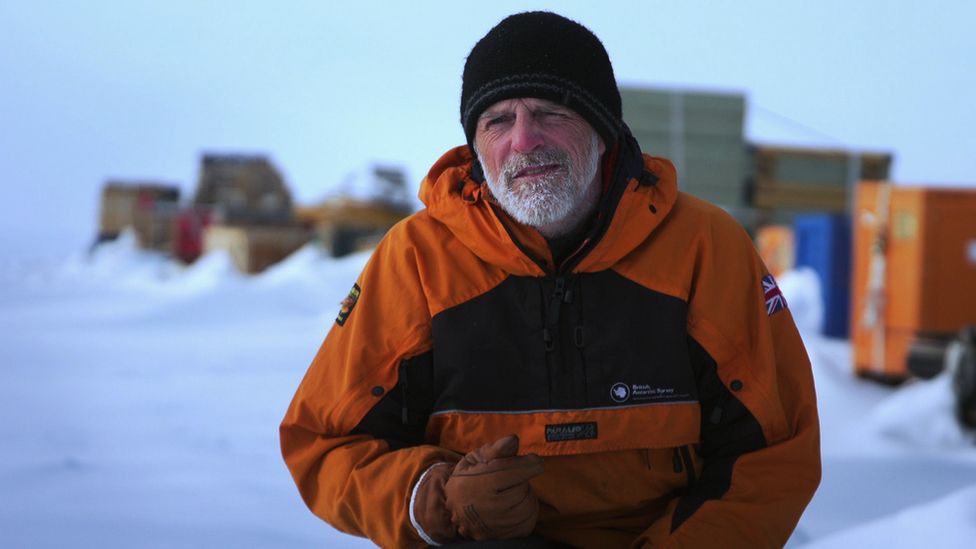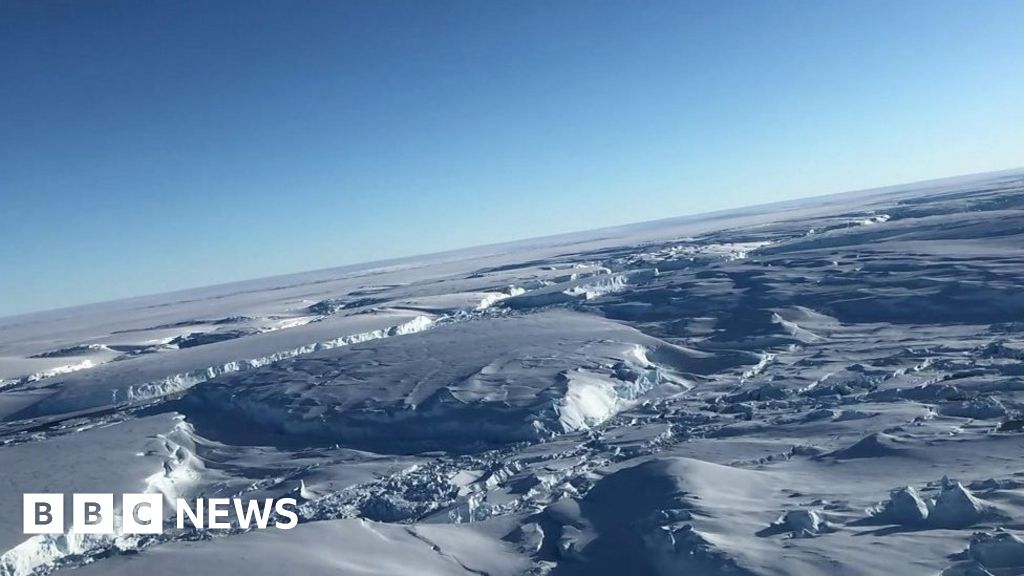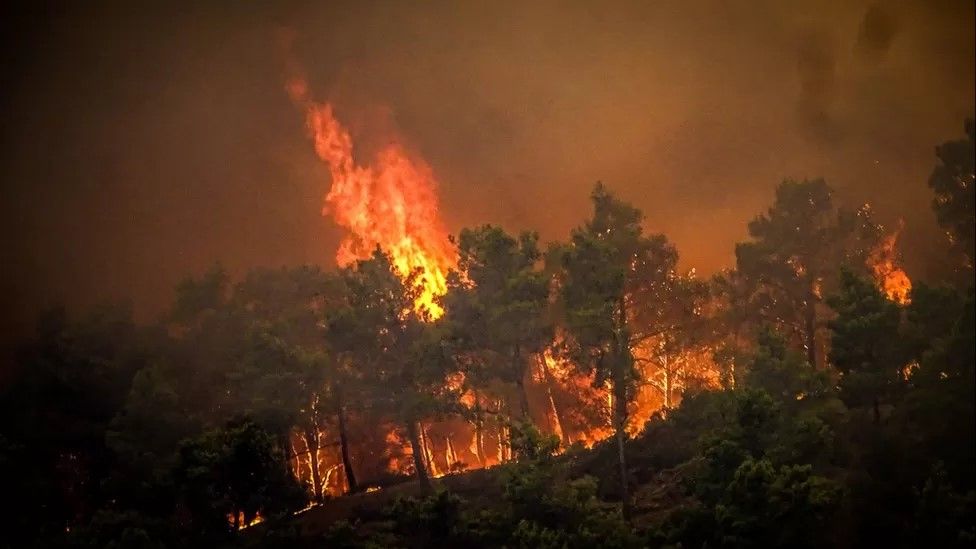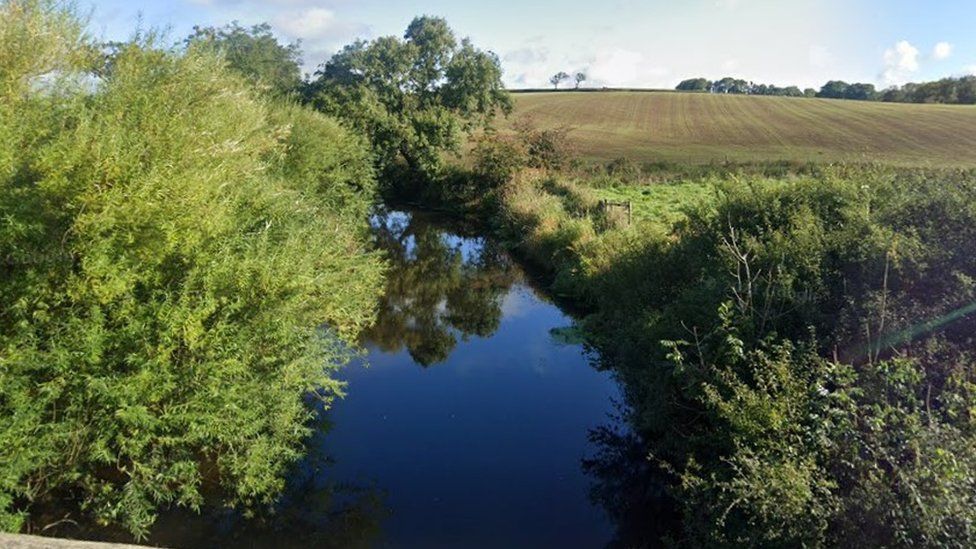According to new research, Antarctic glaciers may be more sensitive than previously thought to variations in sea temperature.
Under the enormous Thwaites glacier, sensors and an underwater robot were placed by the US Antarctic program and the British Antarctic Survey to monitor melting.
Thwaites, a glacier the size of Britain, is one of the glaciers in the world that changes the fastest.
Scientists are extremely concerned about its vulnerability to climate change because, if it melted completely, it would cause a 0.5 meter rise in sea levels worldwide.
According to the new research, even small amounts of melting could potentially move a glacier closer to its eventual demise.
The collaborative survey at Thwaites is a component of one of the biggest investigations ever conducted on the White Continent.
Since the late 1990s, the glacier's "grounding line," or the location where ice flowing off the land and along the seabed floats up to form a massive platform, has receded 14 km.
Because of the seabed's landward slope, that grounding line is already receding in some places by more than a kilometer annually, and this process will probably quicken.
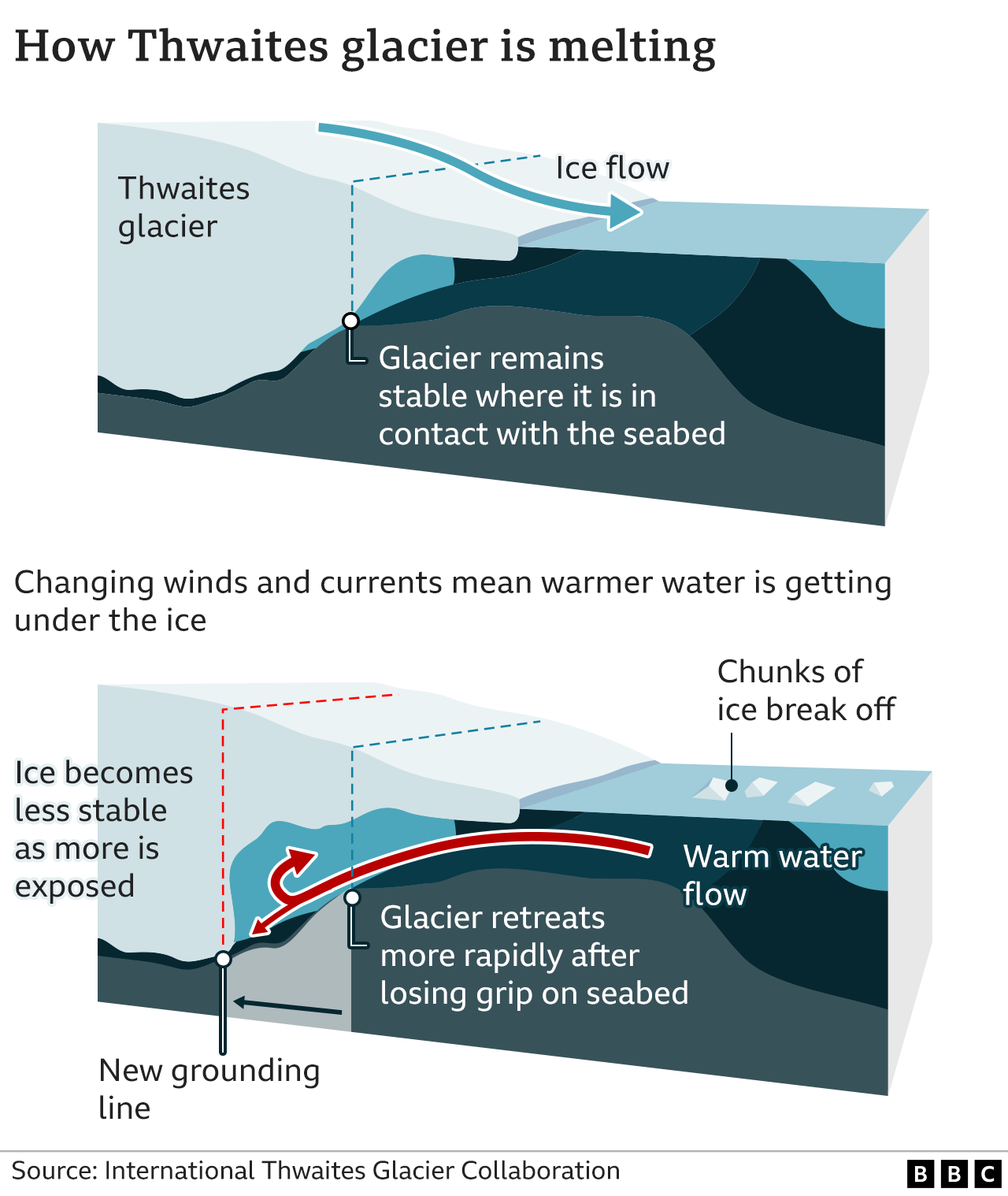
For the latest study, British Antarctic Survey (BAS) researchers dropped sensors into the water below through ice boreholes.
They discovered less melting than they anticipated at those higher temperatures, even though warmer water is circulated beneath the shelf; a freshwater layer was acting as an insulation against further losses.
Worryingly, they also learned through computer modeling that the amount of melting was not the most important aspect of a glacier's retreat.
The BAS oceanographer Dr. Pete Davis said, "It's good that the melt rate is low, but what matters is how the melt rate changes.". "We need to accelerate the melting rate in order to dislodge an ice shelf from equilibrium. Thus, even a slight increase in the melt rate can still result in rapid retreat. ".
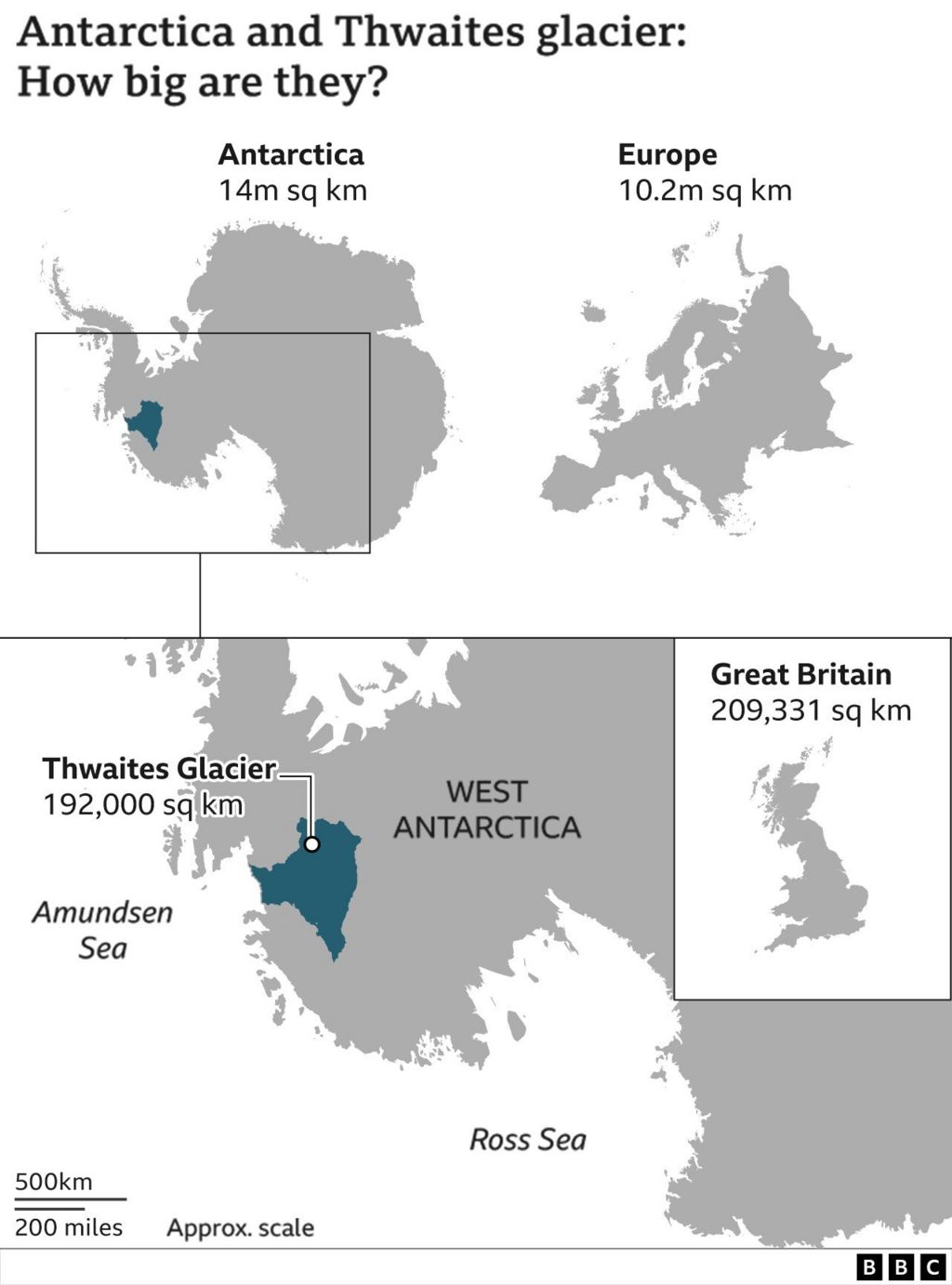
The observations that revealed less melting than anticipated were made in areas of the glacier's underside that were flat and relatively uniform.
However, pictures taken by the underwater robot Icefin for the US Antarctic program as part of the same joint survey revealed that things were frequently much more complicated.
Using a video monitor and a game console controller, Cornell University researcher Britney Schmidt guided Icefin under Thwaites. "What we could see is that instead of this kind of flat ice that we had all pictured, there were all kinds of staircases and cracks in the ice that weren't really expected," Schmidt said.
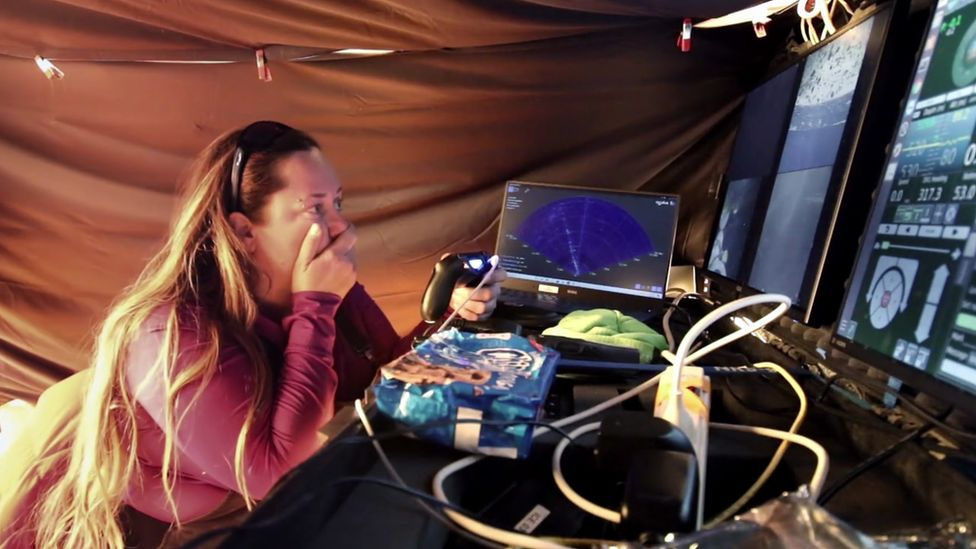
The British Antarctic Survey (BAS) used a hot-water drill to pierce 600 meters of ice in order to get the torpedo-shaped Icefin under Thwaites. After that, the tethered sub was winched down to start its exploration.
Dr. Schmidt's group dived five times, bringing the robot as close as possible to the glacier's grounding line.
The bottom of Thwaites is being eroded in these specific places, according to Icefin's onboard sensors, by the influx of warm water from the larger ocean.
Dr. Schmidt explained that the warm water is essentially getting into the weak spots and making them even weaker. Now that we have this information, we can use our predictive models to determine how and when the ice shelf will collapse. ".

Dr. Davis continued, "The lessons learned at Thwaites almost certainly apply to all the other glaciers in the area that are also retreating.".
This week, the academic journal Nature published two scholarly papers describing the research. One concentrates on Icefin, while the other focuses on the borehole profilers.
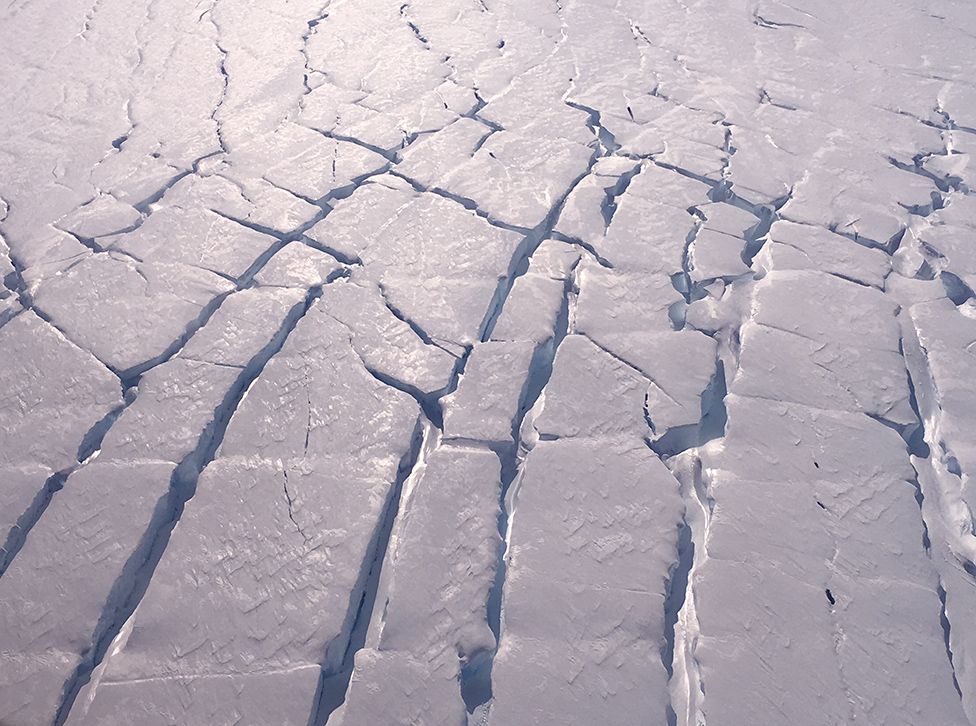
Former BAS director of science Prof. David Vaughan, whose passing was reported by the polar agency last week, is one of the authors on the Icefin paper.
As one of the top glaciologists in the world for more than 35 years, Prof. Vaughan had established a strong reputation.
Prior to stepping down due to illness, he promoted the UK-US Thwaites project and served as its co-lead.
His final excursion south was to visit the research that was the subject of Wednesday's two papers.
Professor Helen Fricker is currently in Antarctica and works for the Scripps Institution of Oceanography at the University of California, San Diego. She said: "David was a brilliant, thoughtful, and likable scientist who served as an inspiration to a lot of people. He was a pioneer in the area and made significant geophysical discoveries about the Antarctic ice sheet and its evolution.
"He was an active supporter of young scientists, especially minorities, and he led with dignity, grace, humor, and compassion. A true hero for polar science has passed away, and he will be sorely missed. ".
